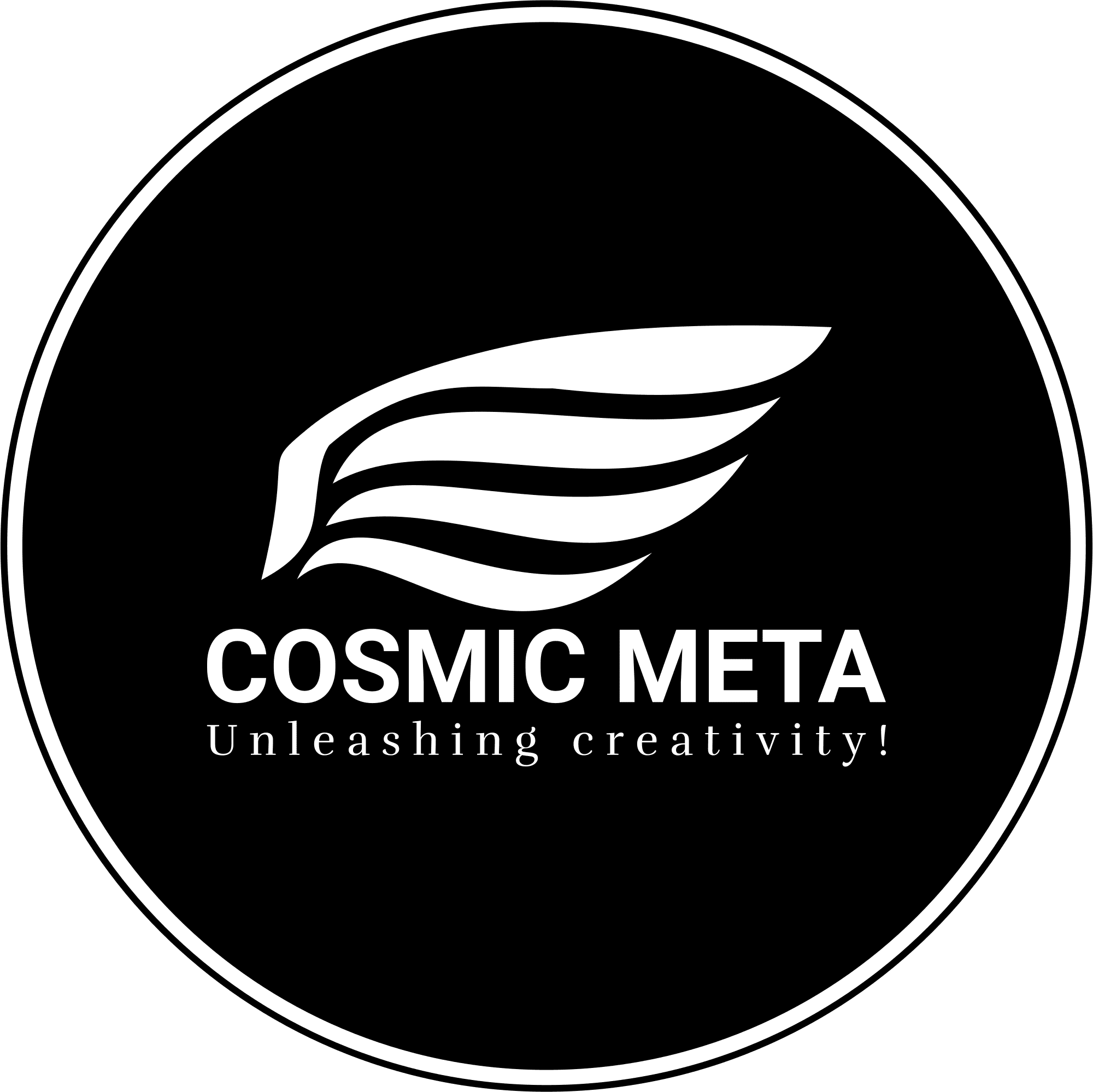Mastering SEO: Avoiding Critical On-Page Errors
When it comes to achieving SEO success, even the most seasoned professionals can fall into traps that undermine their efforts. On-page SEO mistakes can easily slip through the cracks, impacting visibility, rankings, and user engagement. In today’s competitive digital environment, overlooking fundamental SEO practices can cause even the most established websites to falter. Whether you’re managing a personal blog, an e-commerce platform, or a corporate website, understanding and actively avoiding these mistakes is crucial for sustainable growth and achieving long-term online success.
As search engine algorithms continue to evolve, so do the expectations for a well-optimized website. Mistakes that once might have been forgiven can now result in serious penalties. Therefore, remaining vigilant, informed, and adaptable is essential to maintaining and growing your online presence.
1. Neglecting Meta Titles and Descriptions
Meta titles and descriptions are foundational elements for on-page SEO. Surprisingly, even experienced professionals sometimes duplicate meta content across pages or neglect them altogether. This not only confuses search engines about page relevance but also diminishes the opportunity to attract user clicks from search engine results pages (SERPs).
Tip: Ensure every page has a unique, keyword-rich meta title and description that accurately reflects the page’s content and entices users to click. According to Yoast SEO, compelling meta descriptions can significantly boost your organic click-through rate (CTR) and enhance user engagement. Make sure your meta tags align closely with the content’s actual offering to prevent high bounce rates.
2. Keyword Stuffing
Old habits die hard, and keyword stuffing remains one of the most persistent bad habits. Some SEO veterans still believe that cramming as many keywords as possible into a page will boost rankings. However, search engines like Google are sophisticated enough to penalize such manipulative practices.
Tip: Focus on creating naturally flowing content that offers real value to readers. Use semantic variations and related keywords to enrich the text meaningfully. Tools like SEMrush’s Writing Assistant can help you maintain a healthy keyword density without sacrificing readability. Remember, relevance and user satisfaction outweigh keyword quantity.

3. Poor Internal Linking Structure
Internal links are vital for website navigation and distributing page authority across your domain. Many websites overlook or misuse internal linking, leading to isolated pages that struggle to rank and engage users.
Tip: Develop a logical and intuitive internal linking structure. As Search Engine Journal explains, thoughtful internal linking boosts SEO and enhances user experience by guiding visitors to related content. Well-placed internal links also assist search engines in crawling and indexing your site more effectively.
4. Slow Page Load Times
Website speed is a direct ranking factor. Users expect sites to load within seconds, and a delay can significantly increase bounce rates and lower conversion rates. High-resolution images, excessive plugins, and bloated code often cause painfully slow load times.
Tip: Regularly audit your site using Google PageSpeed Insights. Compress images, leverage browser caching, minimize HTTP requests, and reduce JavaScript execution time. Additionally, consider implementing a content delivery network (CDN) to enhance global load times and improve overall site performance.
5. Ignoring Mobile Optimization
With Google’s mobile-first indexing, the mobile version of your site is now the primary basis for indexing and ranking. Still, some businesses prioritize desktop aesthetics over mobile usability, harming both SEO and brand credibility.
Tip: Always design with mobile users in mind. Implement responsive design principles and test mobile performance regularly with Google’s Mobile-Friendly Test. Prioritize fast loading, easy tap targets, and clear, readable fonts to deliver a seamless mobile experience.
6. Thin Content and Low Word Count
Thin content offers little value to users and is penalized by search engines. Rushing to produce numerous short posts can backfire, diminishing your site’s authority and ranking potential.
Tip: Produce in-depth, high-quality content that thoroughly addresses your topic. Articles between 1,000 and 2,000 words often perform best. Supplement your writing with images, infographics, and videos to increase engagement. As Moz suggests, longer, authoritative content tends to earn better search rankings.
7. Missing or Misusing Header Tags
Header tags (H1, H2, H3, etc.) structure your content for both users and search engines. Misusing or skipping headers can confuse readers and diminish SEO effectiveness.
Tip: Use a single H1 per page featuring your focus keyphrase. Follow with logically organized H2 and H3 tags. Proper header usage enhances readability, SEO value, and overall user experience.

8. Overlooking Image Optimization
Images enhance engagement but, if unoptimized, they can slow your site and hinder SEO performance. Ignoring file size, format, and alt attributes can be detrimental.
Tip: Always compress images without losing quality, use descriptive alt text, and implement lazy loading. Next-gen formats like WebP can further improve site speed. According to HubSpot, optimized images improve both accessibility and search engine visibility.
9. Forgetting About User Experience (UX)
SEO success depends heavily on user satisfaction. Sites that are confusing, slow, or cluttered drive users away, resulting in higher bounce rates and declining rankings.
Tip: Design clean, intuitive sites with logical navigation, accessible menus, and readable fonts. Tools like Hotjar can help analyze user behavior and uncover areas needing improvement. A positive UX directly enhances SEO results.
10. Failing to Update Old Content
Content decay is inevitable. Even once-popular pages can lose relevance if they aren’t updated to meet current standards.
Tip: Conduct regular content audits. Refresh outdated information, update keywords, and modernize formatting and media elements. Continuous maintenance helps preserve and boost your site’s authority and rankings.
Vigilance Leads to Victory
Even the best professionals make on-page SEO mistakes. Fortunately, all these issues are fixable with careful attention, ongoing education, and adherence to SEO best practices. By proactively addressing these common pitfalls, you can maintain a competitive, user-friendly, and highly visible online presence. Remember—SEO success is a marathon, not a sprint. Stay adaptable, keep optimizing, and embrace the journey.



